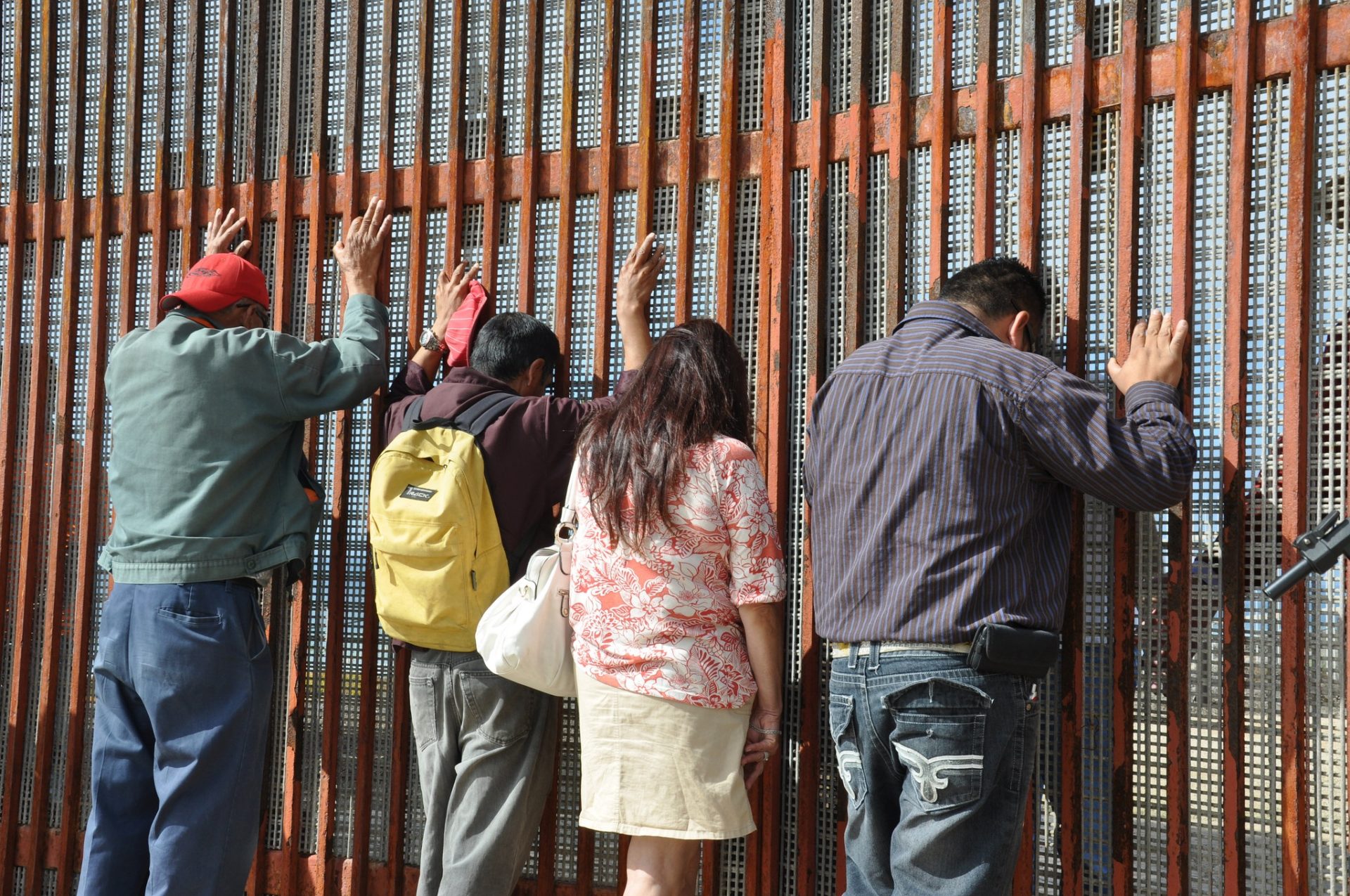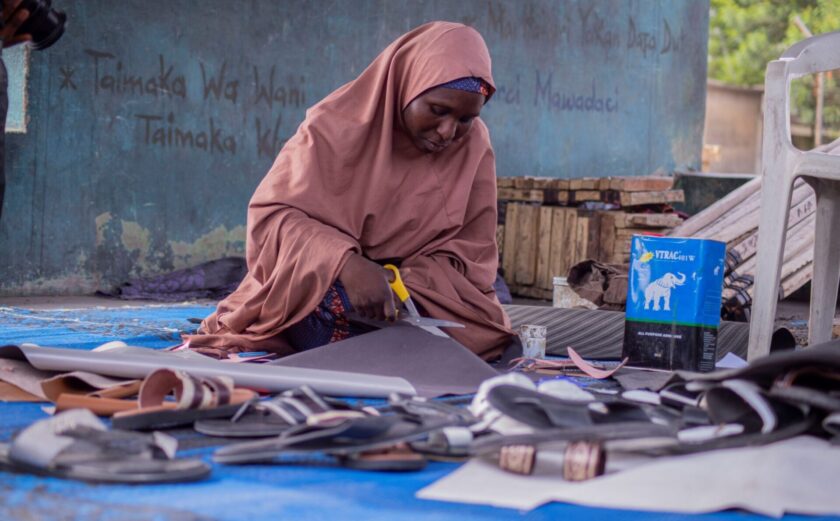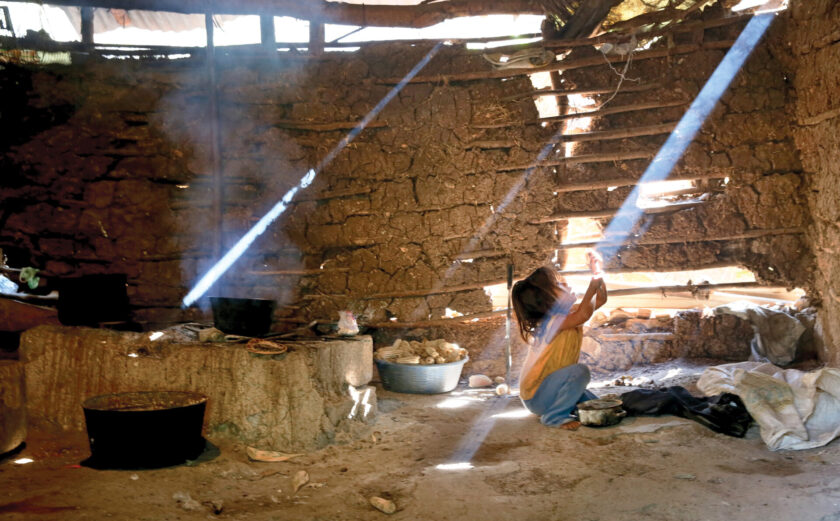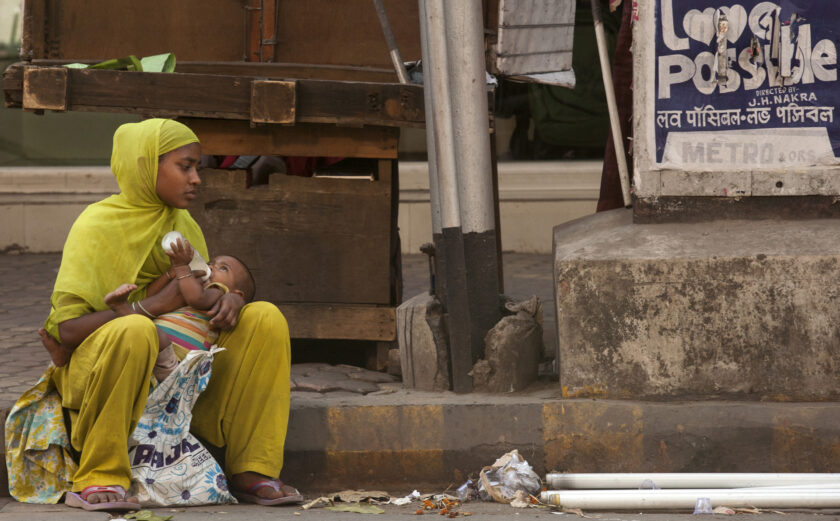
Could Family Separation Increase Human Trafficking Risk for Immigrant Children?
Child trafficking can seem like a scourge far from U.S. borders, in countries riven by war, natural disasters or endemic poverty.
It happens in places like Haiti, where criminals preyed on orphaned children for illegal adoptions after the 2010 earthquakes, or in the Democratic Republic of Congo, where 40,000 children toil in lethal cobalt mines.
Now a different kind of crisis in the United States has made potentially thousands of minors vulnerable to human traffickers. Since May, the Trump administration’s zero-tolerance policy on illegal immigration has forcibly separated families that cross the border. Parents are held in detention centers while their children and infants are sent –sometimes out of state – to foster families and other temporary care.
The practice has been as chaotic as it has been heart-wrenching. The federal government concedes that it can’t locate the parents of at least 38 children under 5 years old in its custody. The White House is struggling to meet a court-ordered deadline to reunite 101 children with their parents. The Department of Health and Human Services can’t say exactly how many immigrant children were split up.
That mix of confusion and desperation is exactly what fuels human trafficking around the globe. Beyond the immediate dangers, the separations only add to the mental and emotional anguish of children who’ve already endured much on their way to the border.
“Facing the Fear of Deportation,” an article by the online Master of Social Work program at the University of Southern California, describes the ways that pervasive distress among those living in the United States without authorization can lead to a state of toxic stress. Children affected in their formative years can pay the price well into adulthood. They’re more likely to suffer from depression, PTSD, anxiety, and other mental disorders, struggle academically, have trouble at work, or end up in foster care.

Undocumented immigrants have always survived on the margins and the Trump administration’s crackdowns have driven them further underground. Fear keeps them away from hospitals, from calling the police –– even from walking on the streets. For the children split from their parents at the border, add human trafficking to the list of dangers they face.
Even the State Department’s own Trafficking in Persons Report says “children in institutional care, including government-run facilities, can be easy targets for traffickers.”
According to news reports, some children in custody are not having their needs met after being separated from their families. In one instance, authorities returned a toddler to his mother after 85 days in dirty and lice-laden clothes. The boy was one of the luckier ones. Sandy Santana, executive director of Children’s Rights, a national advocacy group, told The Texas Tribune that some children may never be reunited with their parents.
Social workers, advocates and individuals all can play a part to help these immigrant families.
Migration to the United States can be traumatic for individuals at every age, so experienced and bilingual social workers can help by offering mental health assessments to adults and children who have been detained.
People can donate to organizations working to reunite these families safely so that children are returned to their families rather than taken by human traffickers. The U.S. Committee for Refugees and Immigrants (USCRI) offers a wide variety of services to immigrants, from local community initiatives to advocacy on a federal level, and one of their central causes is preventing the trafficking of refugees and migrants in the United States.
Finally, speak out for just treatment for all. Since family separation has become an issue at the border, the Keep Families Together Act has been introduced and requires officials “to limit the separation of families at or near ports of entry.” Speak to your congressman about your disapproval of the practice and encourage change.
You also can learn the signs that someone is being trafficked, a form of modern-day slavery. Submissive, tense behavior, poor physical health, unfamiliarity with the area, lack of possessions or financial records, and fear of law enforcement or of speaking for themselves are among the clues that a person is a victim of trafficking.








